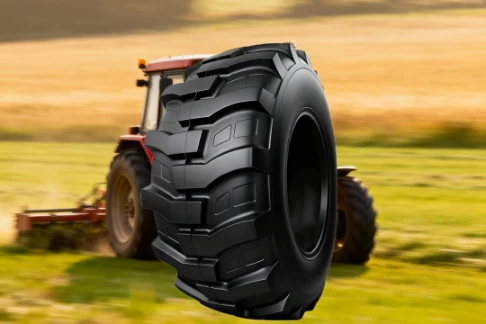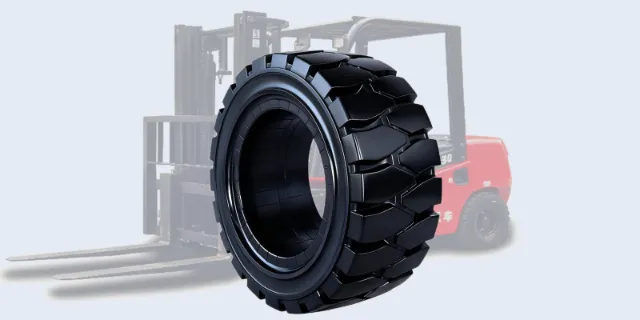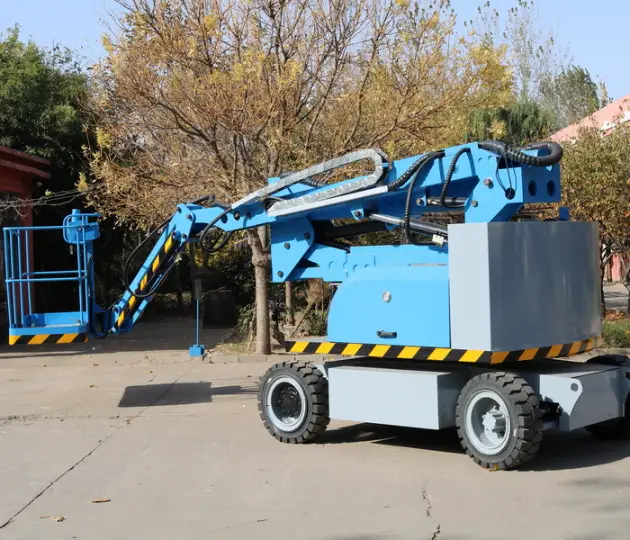Understanding agricultural tire sizes is essential for professional importers and wholesalers. Whether you are sourcing agricultural tires, tractor tires, or radial agricultural tires, being able to decode sidewall markings helps you avoid mismatches, reduce customer claims, and deliver products that precisely fit your buyers’ needs. This guide breaks down every marking you will find on agricultural tractor tires, using simple explanations and practical insights for international markets.
Why Tire Size Knowledge Matters for Buyers
For farmers, the wrong tire size affects traction, fuel consumption, soil compaction, stability, and machine lifespan. For importers, an incorrectly selected tire can cause shipping disputes, returns, and brand damage. That’s why knowing how to interpret agricultural tire specifications is a must-have skill for anyone supplying the global farming equipment market.
- Understanding the Main Size Format on Agricultural Tires
Most agricultural tires display size in one of three formats:
- Imperial: 18.4-38
- Metric: 420/85R28
- Hybrid: 18.4R34
Here’s how to read the components:
- Width: The first number (e.g., 18.4 or 420)
- Aspect Ratio: The middle number in metric sizing (e.g., 85 = 85% of the width)
- Construction Type: Represented by “R” (radial) or “–” (bias)
- Rim Diameter: Last number (e.g., 38, 28, 34)
Metric sizing is becoming more common, especially for radial agricultural tires, while imperial sizing still dominates tractors across Africa and South America.
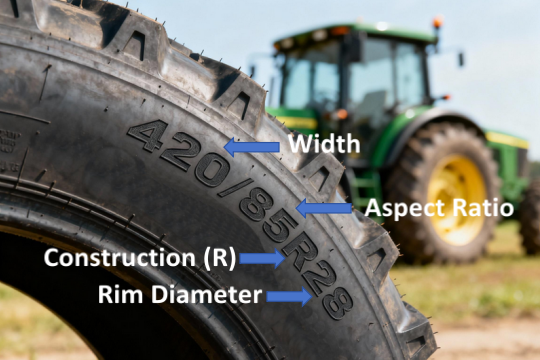
- Radial vs. Bias- Why Construction Type Matters
Agricultural tires generally come in two structures:
Radial Construction (R)
- Flexible sidewalls
- Wider footprint
- Lower soil compaction
- Better fuel efficiency
- Higher comfort and long-term durability
Radial types dominate Europe, North America, and developed Asian markets.
Bias Construction (-)
- Stiffer sidewalls
- Lower initial cost
- Suitable for low-speed, heavy-load tasks
- Popular in parts of Africa, Middle East, and budget-focused regions
For B2B buyers, choosing between radial and bias directly affects price, customer segment, and demand cycles.
- Understanding Load Index and Speed Rating
Every agricultural tractor tire includes load index (LI) and speed rating (SR). These numbers determine how much weight a tire can carry at a specific speed.
- Load Index Example: 151
- Means the tire supports 3,450 kg (per tire)
- Speed Rating Example: A8
- A8 = 40 km/h
- B = 50 km/h
Most farm operations stay within A8–B speed ratings, but higher ratings appear on modern, high-horsepower tractors.
For wholesalers, choosing the correct load index prevents product failures and ensures better market matching.
- Ply Rating (PR), Load Range (LR), and Inflation Pressure
Older markings like 8PR, 10PR, or 12PR still appear on many bias tires. Although PR isn’t a technical ply count anymore, it represents strength and load capacity.
Modern tires often use Load Range (e.g., LR-D or LR-E), which provides a more standardized understanding of tire strength.
Inflation pressure affects load capabilities, traction, and soil compaction. Importers should understand recommended pressure ranges to guide clients correctly.
- Tread Pattern Codes for Agricultural Tires
Agricultural tires use standardized tread pattern classifications:
- R-1: Standard traction for general farming
- R-1W: Deep lugs for wet soil
- R-2: Extra-deep lugs for rice fields and muddy regions
- R-3: Turf pattern for low ground disturbance
- R-4: Industrial/agricultural hybrid pattern
Choosing the right tread pattern for a region is key.
- Africa and India: High demand for R-1 and R-1W
- Southeast Asia: R-2 extremely popular due to rice farming
- South America: Mix of R-1 and radial R-1W
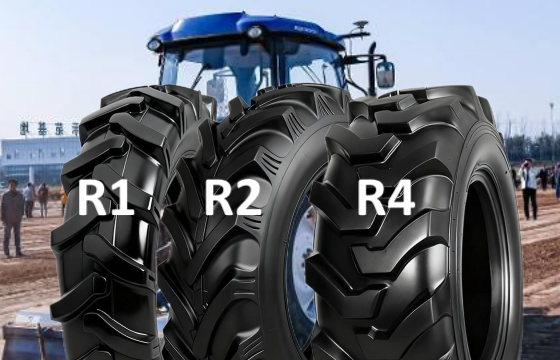
- How to Use Sidewall Codes for Quality Checking
Beyond size, sidewalls also include:
- DOT code: Manufacturing plant + week/year
- Brand and model
- Regulatory markings
- Tubeless/Tube-type identification
- Country of origin
For importers, DOT week/year is especially important. Fresh stock helps avoid cracking, claims, and customer dissatisfaction.
- Practical Tips for Choosing the Right Agricultural Tire Size
Here’s a quick checklist:
- Match size to machine horsepower
- Confirm rim diameter and width compatibility
- Choose radial vs. bias based on customer budget and farming style
- Consider soil conditions when choosing R-1, R-1W, R-2, etc.
- Verify load index and speed ratings
- Confirm production date to avoid old stock
Accurate sizing leads to fewer returns, better customer satisfaction, and stronger market reputation.
Conclusion
For importers and wholesalers, understanding agricultural tires and their size markings is more than technical knowledge – it is a direct path to offering the right products for different markets, reducing claims, and strengthening long-term partnerships with your customers. If you want to explore how proper tire selection translates into real-world efficiency, reduced fuel consumption, and improved field performance, you can continue reading our related article: How Agricultural Tires Support Productivity and Performance in Modern Agriculture. This gives you a complete picture from sizing to operational benefits, helping you make smarter, market-driven purchasing decisions.

